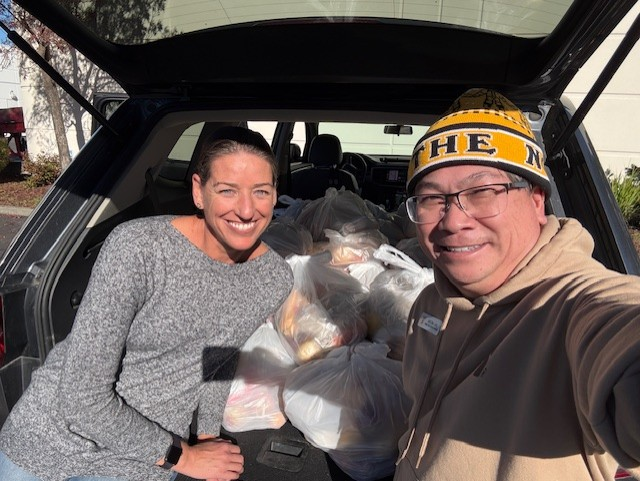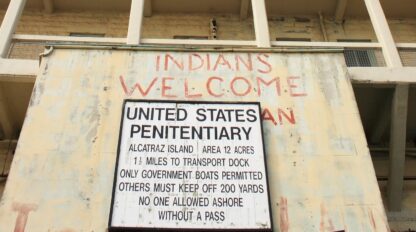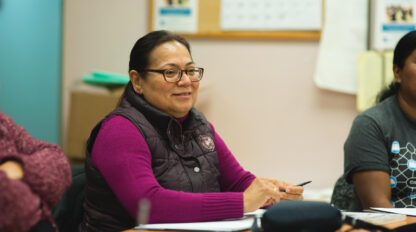Marin YMCA Expands Food Distribution Through December

Photo: YMCA of Greater San Francisco board members – Kathy Shumaker and Jason Lau.
This fall, the Marin YMCA has stepped up to address hunger in our communities like never before. With rising costs and cuts to food assistance hitting families hard, the need has become more urgent. That’s why we teamed up with the SF-Marin Community Food Bank to host two grocery distribution events this November, and the incredible turnout showed just how vital the support is.
On November 14, we distributed 100 bags in just two hours! But the demand only grew, and on November 21, we distributed 125 bags in the same timeframe. A huge thank you to everyone who came out to support this initiative and to those who helped ensure these essential resources reached families in need. Together, we’re making a difference!
Exciting News!
Due to high demand, the Marin YMCA is extending our grocery distribution events throughout December! Complimentary grocery bags—including a grain, a protein, and fresh fruits and vegetables—will be offered on the following dates below.
Mark Your Calendars for Fridays in December:
• December 5
• December 12
• December 19
• December 26
Time: 2:00 PM–4:00 PM
Location: Marin YMCA – 1500 Los Gamos Drive, San Rafael (Look for the cones and signage behind the YMCA!)
Important Reminder: There will be no distribution on November 28.

Photo: Y staff – Jarrett Carlston, Andrew Ward, and Tania Lozano.
How to Participate
No registration or membership is required. These events are open to everyone in the community. Simply drive or walk to the back parking lot behind the YMCA—continue past the main building to the distribution site.
Thank You to Our Community
This initiative wouldn’t be possible without the incredible support of our community. A huge shoutout to the SF-Marin Community Food Bank, our dedicated Marin YMCA Board, our amazing volunteers, and Executive Director Andrew Ward. Your leadership and commitment have made this expansion a reality, and we are truly grateful for your service and partnership. Together, we’re building a strong, sustainable, and equitable community!
Learn more about our food assistance programs today.


